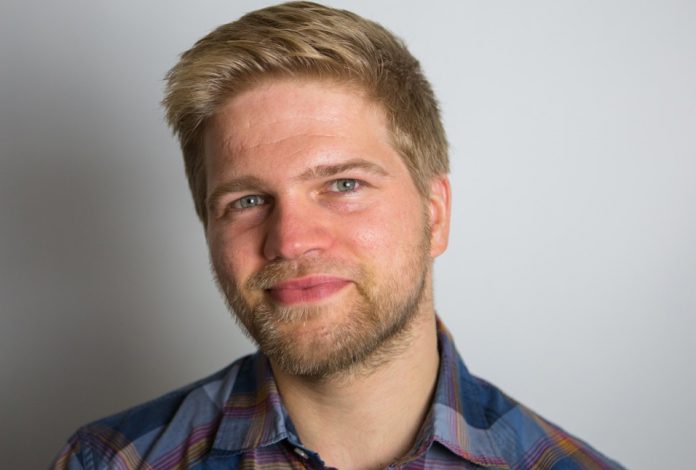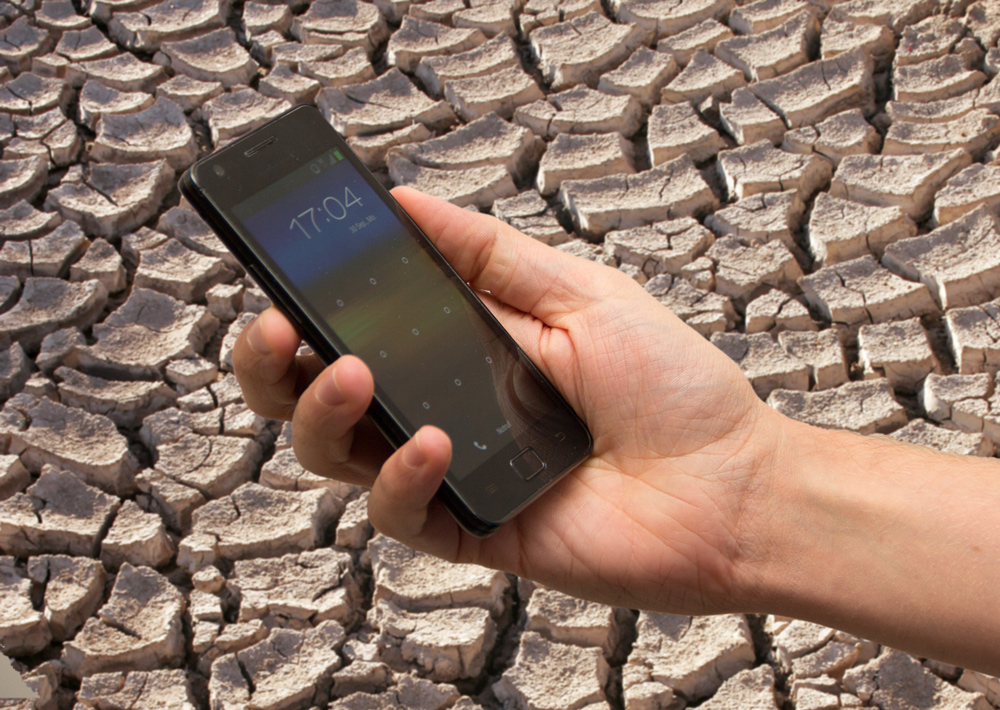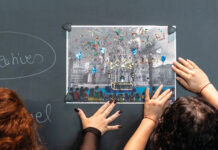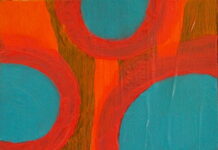
SATIDA – A drought app that acts as an early warning system for drought and famine
A research team at the Technical University, Vienna has developed a mobile app that provides warning of drought and famine. By linking satellite data with local socio-economic data recorded by app users, comprehensive analyses and prognoses are possible for at-risk areas.
Periods of drought occur regularly throughout the world, and become a trigger for life-threatening starvation. If there is no rain for a longer period of time, the entire food chain from maize to cattle is threatened. As a result of drought, people not only suffer directly from a lack of water, but also from a dangerous lack of food. Hot periods and the food scarcity that results also facilitate the spread of disease. The ability to plan the provision of aid in good time is essential in such situations if human lives are to be saved. The forecast models used to date to predict famine are primarily based on satellite data, but do not yet make systematic use of socio-economic factors such as war or unstable food prices, which have a global influence on food allocation and which can also put food supplies at risk in individual regions of the world. Also, these forecast models only in effect provide a warning when the problem has already been virulent for a long time.
Detecting crises early on with “satiDa Collect”
It is these weaknesses that are the focus of the “drought app”, which has been developed by the Department for Geodesy and Geoinformation at the Vienna University of Technology by a team led by Markus Enenkel, the purpose of which is to provide warning of drought and famine at an early stage. As well as access to satellite data such as vegetation, soil fertility and precipitation levels, the researchers also use a crowdsourcing approach for the “drought app” in order to be able to collect socioeconomic data on site. The different data is in turn interconnected and compared with past data from the same region. With the aid of smartphones, which have now also become common in less developed countries, these different factors are collected and evaluated by the scientists. In the interim, the “drought app” has been tested for the first time in several African regions. Under the project name “SATIDA”, five organisations are involved in its implementation. While the project was managed by the Vienna Technical University, the University of Natural Resources and Life Sciences in Vienna, the International Institute for Applied Systems and Analysis in Laxenburg, Doctors Without Borders and the “Zentralanstalt für Meteorologie und Geodynamik” were also involved in the project, which was funded by the Austrian Research Promotion Agency. In 2015, SATIDA was tested for the first time in the province of Kabo in the Central African Republic. In cooperation with Doctors Without Borders, local assistants were trained to conduct surveys on site. The questions relating to the food situation among the population were answered by 100 households with a total of approximately 900 family members in the region. This data was then recorded on smartphones using the app and loaded onto a server, where it was made available to researchers for analysis, together with satellite data. Due to the compilation of the information from these different data areas, a far more accurate prognosis is possible as to where food shortages can be expected, and where starvation may occur as a result. The app is currently being further developed in order to enable aid organisations and NGOs to identify patterns and critical threshold values in the data records themselves in the future, so that they can take the appropriate measures in their respective field of activity in good time. The fact that starvation is not only a result of climate disasters is unequivocally proven by the evaluations of the field tests in Kabo. The researchers concluded that the primary triggers for food shortages in this region were not low precipitation levels or desiccated soil, but the presence of military troops, who prevented farmers from working in their fields.

NGOs are better able to coordinate their aid activities
The aid organisation Doctors Without Borders was involved in the development of this early warning system from the start. The aim of the NGO was to close a gap in the decision-making process. By using current data and comparing the current situation with data from the same season in the previous year, for example, a forecast can be made and the NGOs can already analyse before a potential catastrophe occurs which materials and staff must be provided as a precaution in order to bring the situation better under control. Another major advantage of this system is that it can be adapted to a wide range of forecast themes. Whether you are interested in monitoring the health of cattle herds in the Sahel or the efficiency of innoculation programmes, or whether you need information to provide early warning of epidemics, SATIDA collects and provides data that can be adapted to very different problem areas.
SATIDA is more than just an app. It is a flexible framework that creates a link between science and application, in the specific case illustrated here, for making forecasts relating to drought and food supplies. However, according to project manager Markus Enenkel, the aim is to adapt and further develop STAIDA to make it suitable for numerous other areas. For Enenkel, the transfer of knowledge from research to practical application is of particular importance. He sees numerous other highly effective areas of prognosis that can be used to plan crisis management measures in advance on an international scale. These can be achieved by combining satellite data, which in his view should be available for use by everyone, and the structured procurement of information through crowd-supported data surveys.
Markus Enenkel
Doctor of Science
TU Wien; Columbia University
SATIDA
www.satida.net











